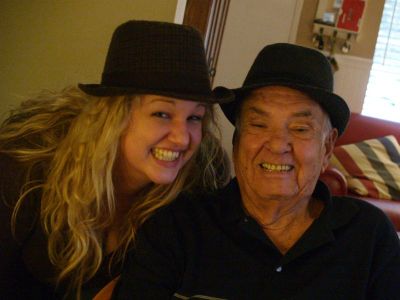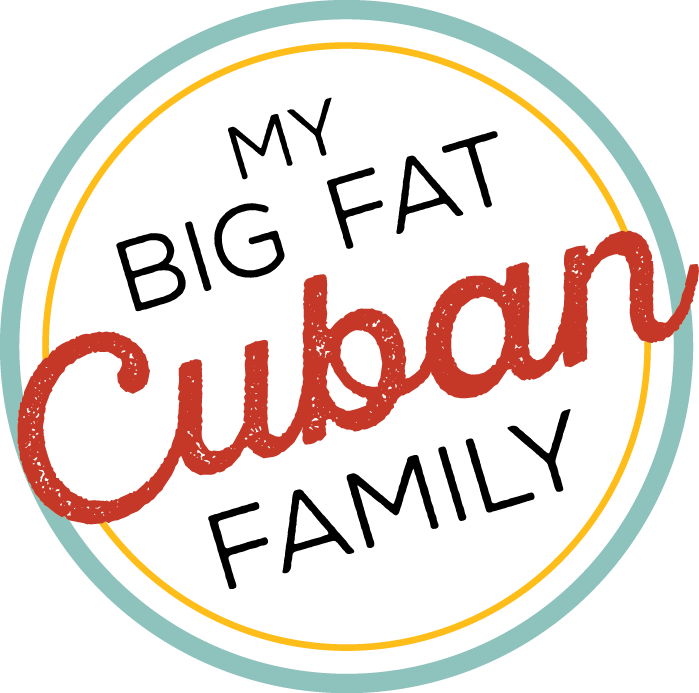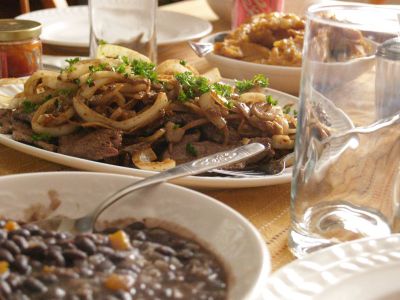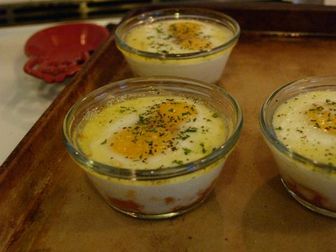Amy here. (You know, The Blond One. Please bear that in mind as you read today.)
Since Tio Timbiriche has been visiting from Cuba, I've been very busy showing him the sites of Southern Cali. I'm the official driver and, as such, I have certain responsibilities. For example, I have to tell him when I'll be picking him up (and arrive at the house early enough to make us cafecitos). But the most important thing on these long drives (to San Diego or Temecula or L.A.) is the music.
Once we are on the road, Timbiriche starts paying attention to the music and is so excited to be listening to songs he recognizes. He was getting a real kick out of quizzing me on what the songs were about (and explaining them when I didn't know) or who they were by. He could not believe it when I played his beloved Beny Moré (and knew he was called "El Barbaro del Ritmo") and was pleasantly surprised to find out that I also knew who (and could sing along with) old school groups like Trio Matamoros, Orquesta Aragon, and Fajardo y Su Orquesta were. Enter blond moment.

The song "Caimitillo y Marañon" comes on and I begin whistling along to Jose's flute. Because I've known this song for so long, I haven't stopped to think about the words now that my Spanish has been voted most improved. Mentally, I've stuck with the translation I came up with years ago which is that "Caimitillo, Mamoncillo, & Marañon" were three dance styles and there was a cowardly girl ("cobarde") who didn't want to do the "marañon" dance because it was too . . . tight or close together or something like that. (My young mind also wondered why everyone loved a song with that kind of message so much, but - like mom says - that's not important right now.)
Anyway, as I'm singing along, Timbiriche turns to me and asks if I know what the song is about. During the pause while I tried to find the words for my rough translation, Timbiriche asked what he thought was a less complex question, whether I knew what a "marañon" was.
Nope. No clue. What is it?
At this point, my Abuela decides to jump in and help explain it to me. Between the two of them and my lack of vocabulary, what I was able to gather was that a "marañon" was a fruit that was delicious but you make a funny face when you eat it and the seed is on the outside and works like a handle. I could've accepted that and gone on with my life never really knowing what it was other than a Cuban fruit, but then my abuela threw me a curve ball . . . She said that the seed of this fruit is cooked and sold in stores here (in the U.S.) as if it was a nut.
HUH?
In order to help me understand, she tried telling me the word in her version of English, "Cas-co."
I'm sorry, did she just say Cosco? They sell this fruit at Cosco? I'm LOST.
Let's not forget that I'm driving on the freeway which means asking Mr. Google is out of the question so I do the next best thing . . . I text Mom: "What is a maranon?" (I figured that if I knew the English name of the fruit, I'd understand the whole seed/nut concept)
Mom writes back to tell me "it doesn't translate." Not trusting her Spanish skills, I send the same message to everyone else I know who speaks Spanish. This group includes two of my Tias, a Peruvian, and a couple of (recently arrived) Cuban friends.
I heard it all:
"It's a river."
"There is no real translation."
"A big pig" (I later found out that this answer was a direct result of the lack of "ñ" in my text message - can someone please call Verizon and get them working on this issue?)
And then . . . "Cashew."
CASHEW?!?!?!
When Abuela heard me yell it out, she gave me the classic Cuban sound of approval, "Ang-ha!" mixed with an "I told you so" look.
Yeah, abuela, "Cas-co." sounds just like "Cashew."

As it turns out, "Caimitillo" and "Mamoncillo" are also fruits . . .
(And No, I never did end up sharing my - obviously wrong - idea of what the song meant.) :-)

































